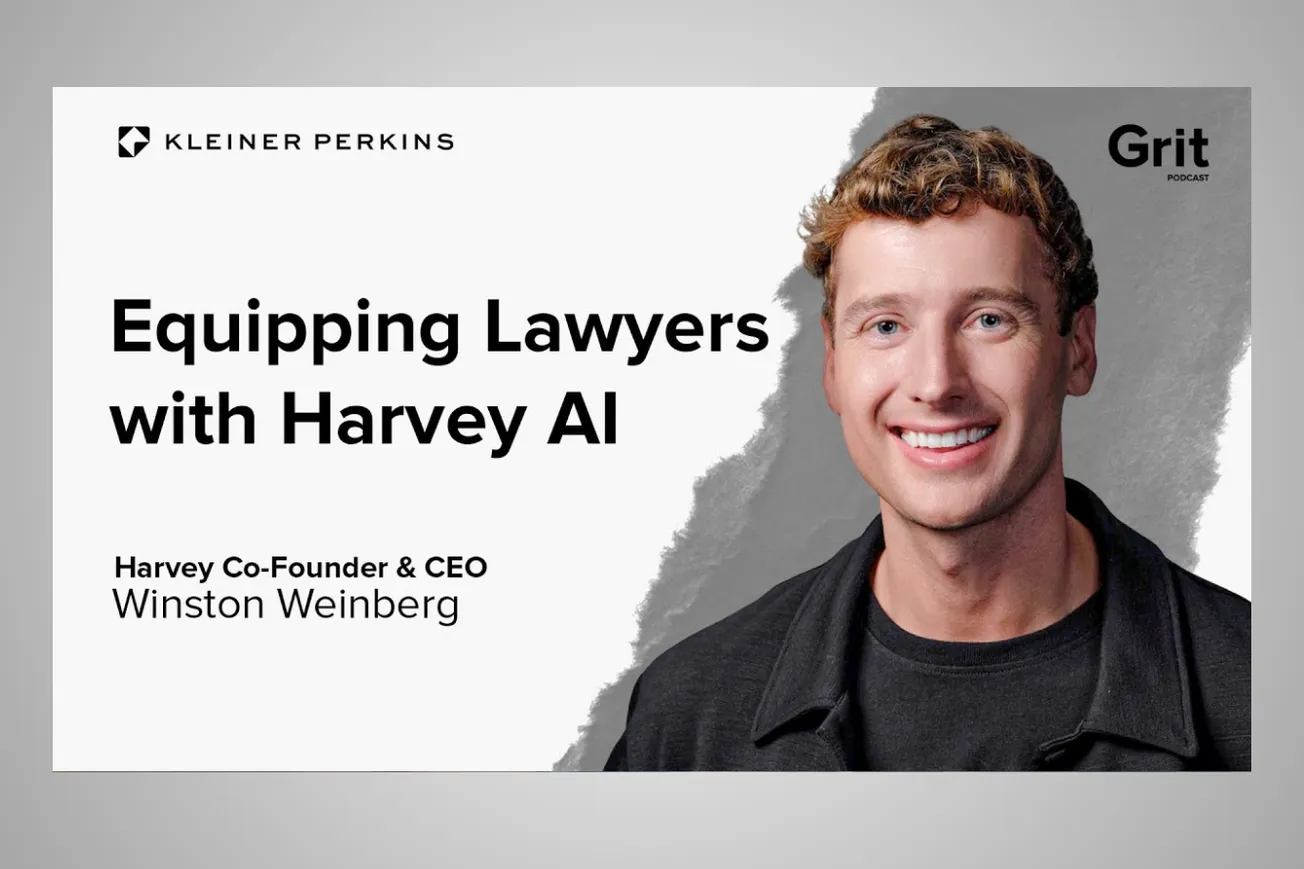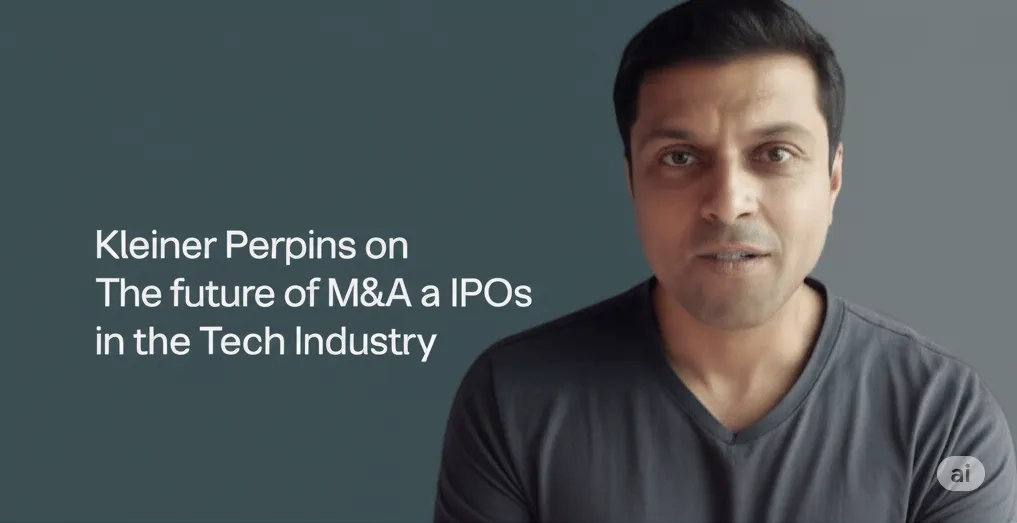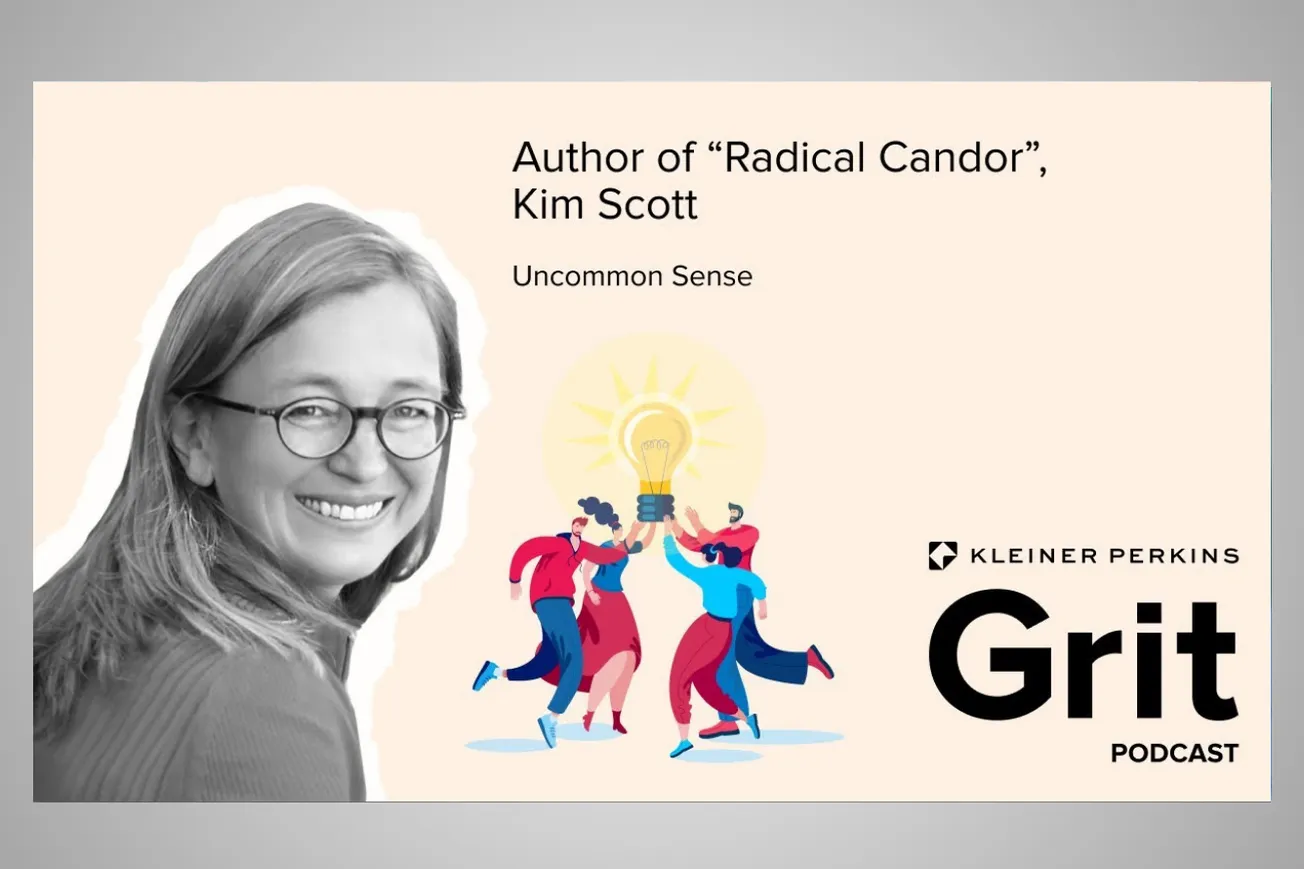Table of Contents
The integration of artificial intelligence into professional legal practice represents one of the most significant technological transformations facing knowledge-intensive industries today. Harvey AI's approach to this integration offers a compelling case study in how technology companies can successfully navigate the complexities of established professional sectors while maintaining both innovation momentum and institutional respect.
Key Takeaways
- Partnership-Oriented Technology Adoption: Rather than positioning AI as disruptive replacement technology, Harvey frames their solutions as collaborative tools that enhance professional capabilities while respecting established workflows and institutional knowledge.
- Domain-Specific AI Implementation: The focus on highly specialized, legally-specific applications demonstrates how professional AI tools can achieve superior performance through narrow expertise rather than attempting broad generalization.
- Quality-First Market Strategy: Their emphasis on exceptional accuracy and reliability reflects understanding that professional liability and client trust require technology solutions that meet the highest standards of precision.
- Workflow Integration Philosophy: Harvey's "agentic workflows" approach recognizes that effective professional AI tools must integrate seamlessly into existing practice patterns rather than requiring fundamental process restructuring.
- Brand as Trust Architecture: Their careful cultivation of industry respect and partnership credibility illustrates how technology companies can build sustainable relationships with conservative professional markets.
- Scalable Efficiency Models: The vision of reducing legal service costs through enhanced efficiency represents a sophisticated approach to expanding market access while maintaining service quality.
The Vision: AI as a Legal Co-Pilot, Not a Replacement
The conceptual framework of AI as "co-pilot" rather than autopilot reflects emerging best practices in professional AI implementation. This model recognizes that complex professional judgment requires human oversight and contextual understanding that current AI systems cannot replicate independently.
Harvey's approach to task automation versus job automation offers valuable insights for professionals across industries. The example of M&A attorneys no longer manually searching data rooms for change-of-control provisions illustrates how AI can eliminate routine, time-intensive tasks while enabling lawyers to focus on higher-value analytical and advisory work. This transformation pattern—where technology handles information processing while professionals focus on interpretation and strategy—appears applicable across knowledge-intensive disciplines.
The analogy to Excel in finance is particularly apt for professional audiences. Just as financial professionals had to develop spreadsheet competency without fundamentally changing their analytical roles, legal professionals will need to develop AI collaboration skills while continuing to exercise professional judgment. This suggests that continuing professional education should increasingly focus on effective AI interaction and oversight methodologies.
Addressing the Access to Justice Gap with AI
Harvey's vision for reducing legal service costs through enhanced efficiency addresses one of the most pressing challenges in professional services: the growing gap between service costs and market accessibility. The statistic that average legal services cost $353 per hour illustrates how professional expertise has become economically inaccessible to much of the population.
The economic model Harvey proposes—where AI-enhanced efficiency enables cost reduction without compromising service quality—offers a potential solution to this accessibility crisis. However, the implementation challenges are substantial. Professional services pricing often reflects not just time investment but also expertise, liability assumption, and market positioning. Sustainable cost reduction through AI will require careful consideration of how efficiency gains translate into client value while maintaining professional sustainability.
For corporate legal departments, Harvey's technology represents an opportunity to address what the analysis identifies as chronic understaffing. The explosion in regulatory complexity, international legal requirements, and compliance obligations has created workload pressures that traditional staffing models cannot efficiently address. AI augmentation offers a path to managing increased complexity without proportional increases in personnel costs.
The Fortune 500 and the Evolving Role of Legal Counsel
Harvey's success with Fortune 100 legal departments illustrates important principles for technology adoption in conservative organizational environments. The observation that Chief Legal Officers have evolved from traditional attorneys to integral business advisers reflects broader changes in how professional services integrate with business operations.
This evolution creates opportunities for technology adoption that might not have existed in more traditional professional service models. CLOs operating as business advisers are more likely to evaluate technology solutions based on business impact rather than purely on professional tradition. This suggests that successful AI adoption in professional contexts may require framing technology benefits in business rather than purely technical terms.
The understaffing challenges facing corporate legal departments create compelling business cases for AI adoption. When professional teams cannot scale to meet regulatory and business complexity through traditional hiring, technology augmentation becomes not just beneficial but necessary. This necessity-driven adoption may accelerate AI integration in ways that purely efficiency-based arguments could not achieve.
Agentic Workflows: Precision and Practicality
The emphasis on "100% accuracy" for consumer-facing applications highlights critical considerations for AI implementation in professional contexts. Professional service providers operate under ethical and legal obligations that make accuracy not just desirable but mandatory. The hierarchical review processes common in law firms—where junior associate work is scrutinized by senior practitioners—provide quality assurance mechanisms that may not exist in direct consumer applications.
This quality imperative has significant implications for AI development in professional contexts. Unlike consumer applications where users can tolerate occasional errors, professional AI tools must meet standards comparable to expert human performance. This requirement suggests that successful professional AI implementations will likely emerge from companies with deep domain expertise rather than general-purpose AI providers.
The concept of "agentic workflows" designed for specific tasks represents a pragmatic approach to achieving professional-grade accuracy. By focusing AI capabilities on narrow, well-defined tasks rather than attempting to replicate general professional judgment, Harvey can achieve the precision levels that professional practice requires.
The Art of Communication: Prompting and Product Design
Harvey's focus on "shoulder taps" and proactive guidance reflects sophisticated understanding of how professionals interact with technology tools. Professional workflows are often complex and context-dependent, making intuitive AI interaction design crucial for adoption success.
The emphasis on continuous back-and-forth interaction rather than single command-and-output models recognizes that professional judgment often develops through iterative analysis and refinement. This interaction model mirrors how professionals typically collaborate with colleagues and suggests that effective professional AI tools should replicate familiar collaboration patterns rather than introducing entirely new interaction paradigms.
The importance of effective prompting and communication with AI systems has significant implications for professional education and training. Just as professionals had to develop new competencies when other technologies were introduced, AI adoption will require developing new skills in AI interaction and oversight. Professional development programs will likely need to incorporate AI communication competencies alongside traditional professional skills.
The Power of Brand: Respect and Partnership
Harvey's careful brand cultivation illustrates the critical importance of trust and credibility in professional service markets. The decision to "reject VCs" who displayed disrespectful attitudes toward clients demonstrates commitment to values alignment that extends beyond financial considerations.
This approach recognizes that professional service markets operate on relationship and reputation dynamics that differ significantly from typical technology markets. Professional service buyers—whether individual clients or corporate legal departments—make technology adoption decisions based heavily on trust, risk assessment, and peer validation rather than purely on feature comparisons or cost considerations.
The successful blending of "tech forward plus caring about tradition" represents a sophisticated brand positioning that addresses the dual needs of innovation and continuity that characterize professional service markets. This positioning enables Harvey to attract forward-thinking clients while maintaining credibility with more traditional practitioners.
From Law to AI: A Founder's Journey
Harvey AI's approach to legal technology integration represents a masterclass in strategic positioning within established professional markets. Unlike the conventional Silicon Valley model of "moving fast and breaking things," Harvey has adopted what might be termed a "respectful transformation" strategy that acknowledges the deep institutional knowledge and risk-averse culture inherent in legal practice.
This approach reflects sophisticated understanding of professional service dynamics. Legal practitioners operate within frameworks of professional liability, client confidentiality, and regulatory compliance that make adoption of unproven technologies professionally hazardous. Harvey's emphasis on partnership rather than disruption addresses these concerns by positioning their technology as an extension of professional capability rather than a replacement for professional judgment.
The company's recognition that "legal is one of the oldest professions known to man" demonstrates cultural intelligence that many technology companies lack when approaching traditional industries. This historical awareness translates into product development philosophies that preserve essential elements of legal practice while enhancing operational efficiency. For legal professionals, this suggests that AI adoption can proceed without compromising the fundamental values and methodologies that define effective legal representation.
Conclusion
Harvey AI's approach to legal technology integration offers a sophisticated model for AI adoption in professional service contexts. Their emphasis on partnership rather than disruption, quality over speed, and respect for institutional knowledge provides a framework that other professional service providers can adapt to their own technology integration challenges.
The key insight from Harvey's model is that successful AI adoption in professional contexts requires more than technological capability—it demands deep understanding of professional culture, client needs, and the complex relationship between efficiency and quality that defines professional service delivery.
For legal professionals and other knowledge workers, Harvey's approach suggests that AI adoption can enhance rather than threaten professional practice when implemented thoughtfully and with appropriate respect for the values and responsibilities that define professional service. The challenge and opportunity lie in developing the competencies and frameworks necessary to leverage AI capabilities while maintaining the professional judgment and client service excellence that define successful practice.
As the legal profession continues to evolve in response to technological capabilities, Harvey AI's model provides a roadmap for transformation that preserves essential professional values while embracing the efficiency and accessibility benefits that AI can provide. This balanced approach may well define the future of professional service delivery across multiple industries facing similar technological transformation challenges.









